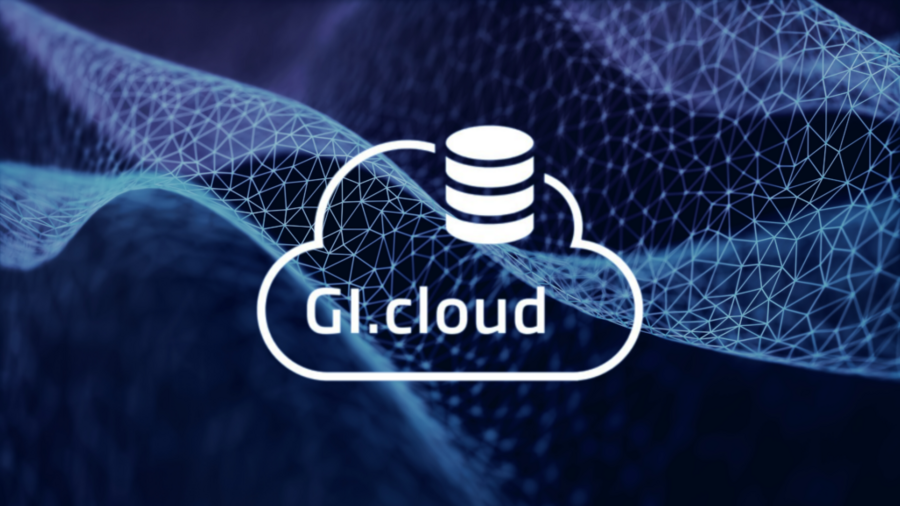It does not matter if the server is available via internet (public cloud) or runs in the same network as the acquisition system on site (local or private cloud) – a state-off-the-art security concept with secure authentification, end-to-end encryption and reliable storage are the build-in features of the GI.cloud.
The sampling frequencies, the amount of sensors and size measurement data are rapidly increasing particularly with regard to actual technology like Industry 4.0, Internet of Things (IoT) or big data. The GI.cloud uses intelligent data reduction methods to keep the volume of transferred data low. A highly scalable server infrastructure for storage and analysis helps to keep the costs low and can grow with the business.
Visualization and overview dashboards can be configured for standard web browsers and needs no longer software that have to be installed on clients in the network. That makes the implementation in existing IT environments easily.
Also high speed data from several tens of channels acquired with 10kHz can be displayed in stored in “real time” with the GI.cloud just by using the standard web browser.
More articles
Experience a New Level of Possibilities With Our New Website!
We are thrilled to announce the launch of the new Gantner Instrumentswebsite and introduce you to a few of its features.Here’s a sneak peek of what you can expect to […]
Read more...Metro de Madrid Stays Ahead of Brake Problems
METRO DE MADRID is a railway company that provides public transportation services to Madrid and its metropolitan area. Currently, it is the most extensive metro network in Spain, with a length of 294 kilometers. With 302 stations, it is the third-largest network in Europe by kilometers, after those in London and Moscow. It has 2400 trains and makes an average of 650 million trips a year, with 350 million passengers.
Read more...IPERMON – Innovative Performance Monitoring System for Improved Reliability and Optimized Levelized Cost of Electricity
Currently, a vast amount of research institutions and organizations are focusing on ways to improve the operation, reliability and consequently the output of PV systems. An important aspect yet to be targeted remains the procedural and standardized approach to calculate accurately the factors behind the various performance loss mechanisms, while also detecting and diagnosing potential failures at early stages or before occurrence. Identification of degradation and failure modes at preliminary stages is important as these mechanisms directly influence the performance, lifetime and reliability of PV technology.
Read more...
